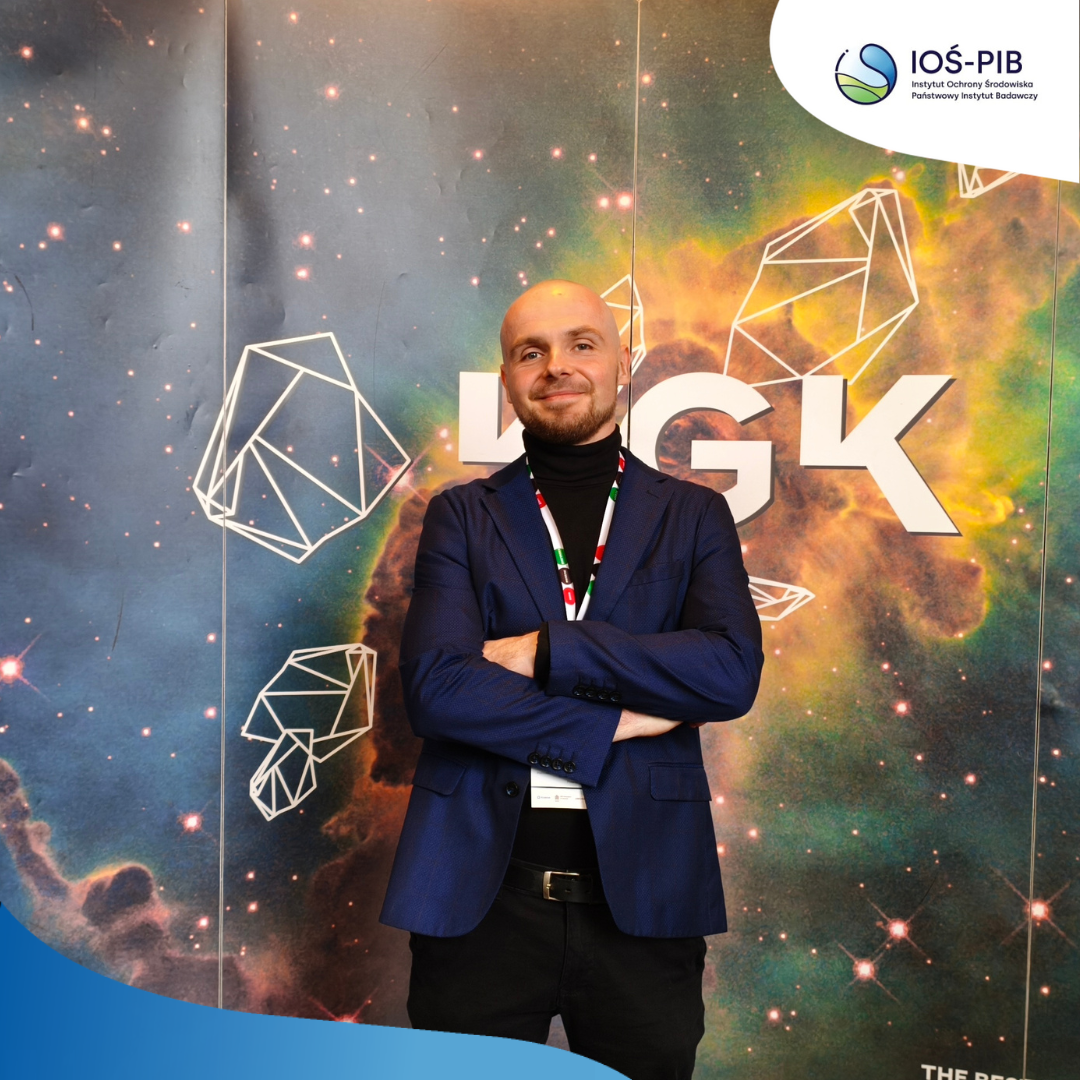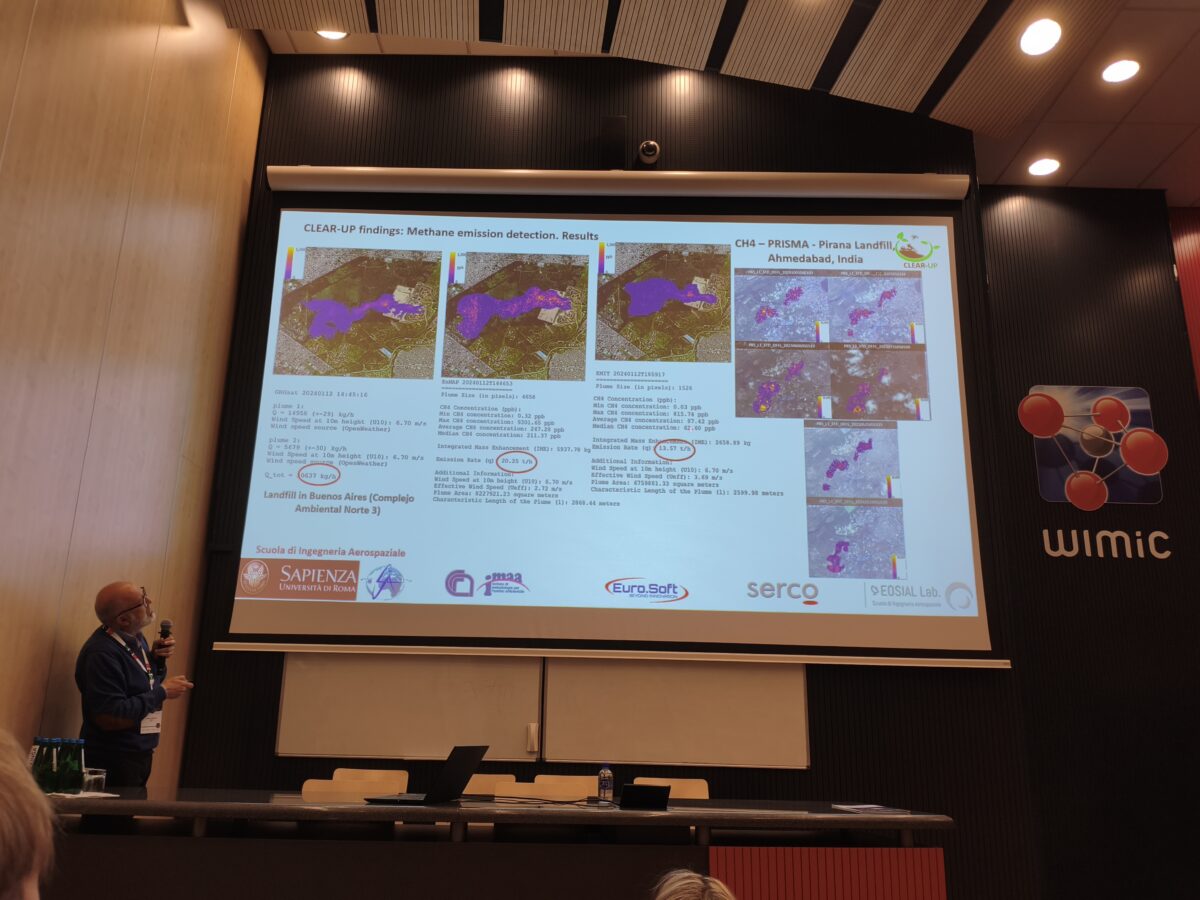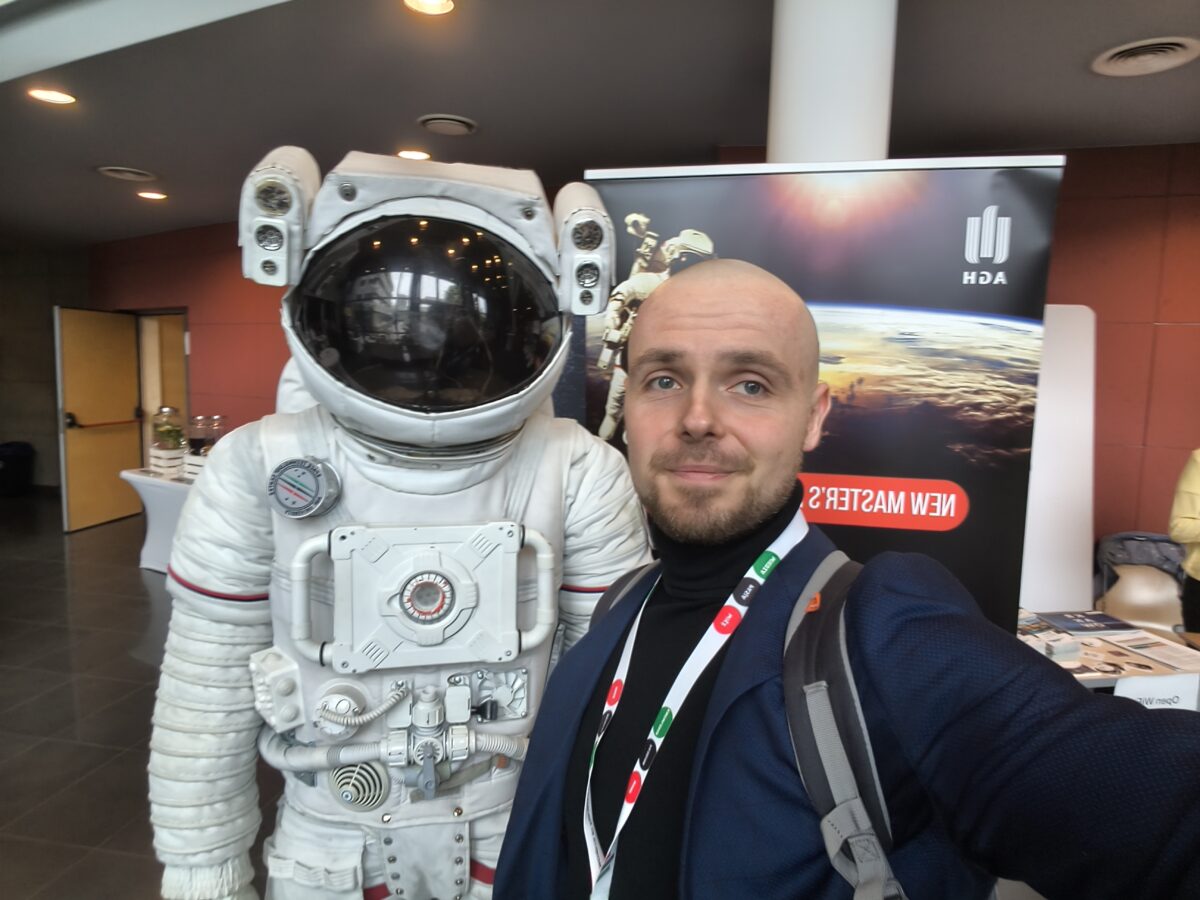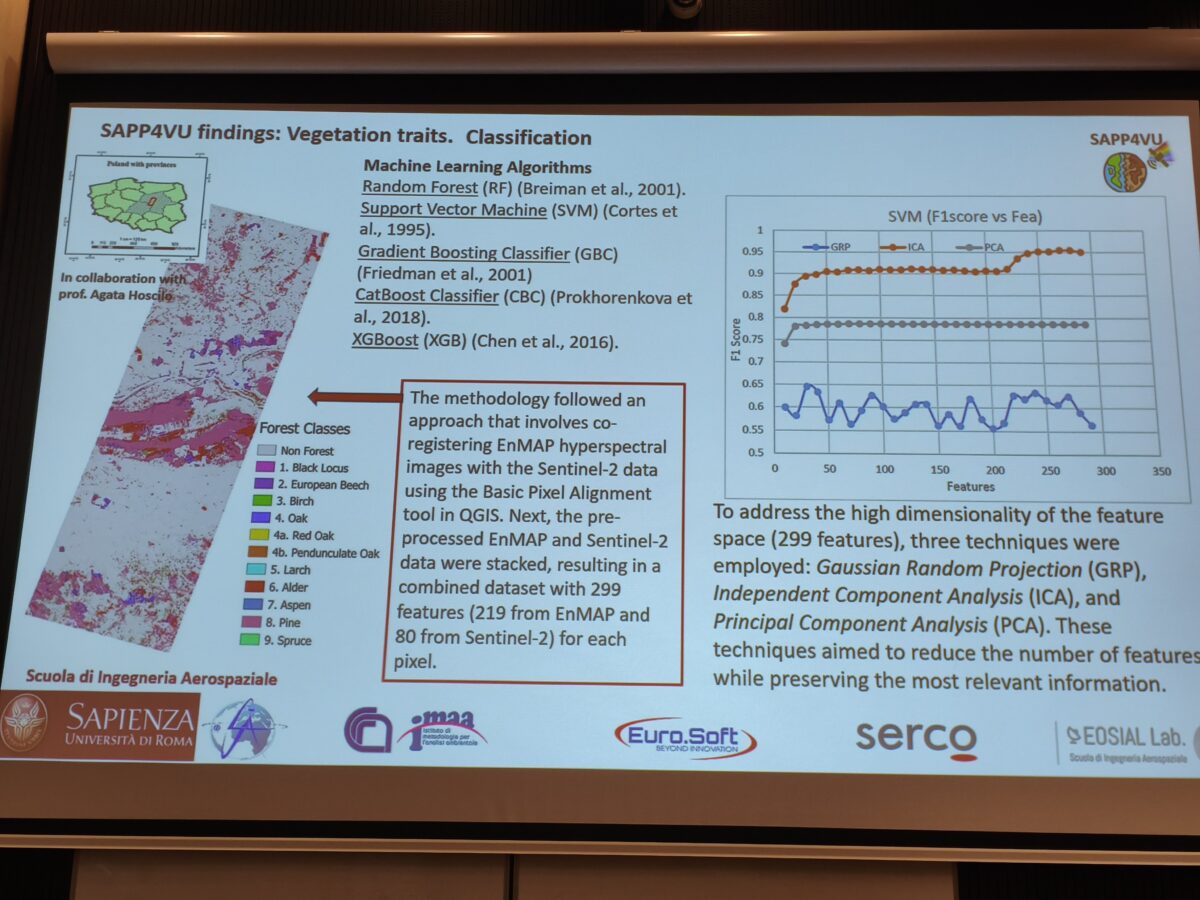
On May 21–23, 2025, the 8th Space Resources Conference – Path to Lunar Sustainability took place at AGH University of Krakow, Poland. The event brought together leading scientists, engineers, and experts in space exploration and technology. Among the participants was Dr. Eng. Karol Przeździecki, representing the Department of Air and Climate Modelling (ZMAiK), who delivered a presentation titled “Satellite Observations Supporting Air Quality Monitoring and Forecasting in the Context of the CAMS Service.”
Dr. Przeździecki’s talk highlighted the crucial role of satellite data in supporting both real-time monitoring and forecasting of air quality. Particular emphasis was placed on the tools and capabilities of the Copernicus Atmosphere Monitoring Service (CAMS), which provides high-resolution data to support environmental management on a local, regional, and global scale.
The conference addressed cutting-edge technologies and the multifaceted challenges associated with the exploration and sustainable use of space resources. Core topics included resource extraction on the Moon and Mars, the design of space infrastructure, space law and governance, biotechnology, cybersecurity, and advancements in space biology and astrobiology. The event aimed to foster the exchange of knowledge and interdisciplinary collaboration, paving the way for applying scientific advances in future space missions and the development of off-Earth settlements.
Primarily an in-person event, the conference featured a comprehensive program that included plenary sessions, invited lectures, oral and poster presentations, special sessions, panel discussions, and networking opportunities. While a limited number of presentations were available online upon request, the emphasis remained on personal interaction and collaboration. The organizers welcomed both seasoned professionals and students, the latter of whom were given a dedicated session to showcase their work and engage with the scientific community.
ZMAiK’s participation in this prestigious event not only contributed to the dissemination of current research but also provided valuable opportunities for establishing new international partnerships and exploring future directions in atmospheric and space sciences.





